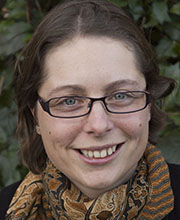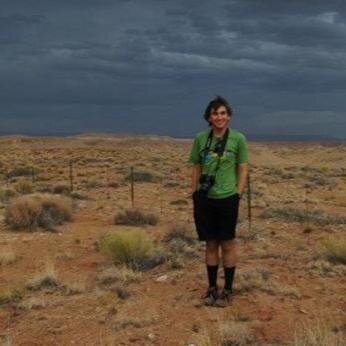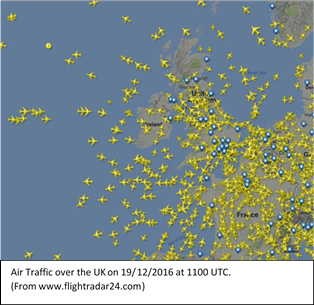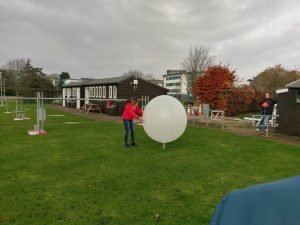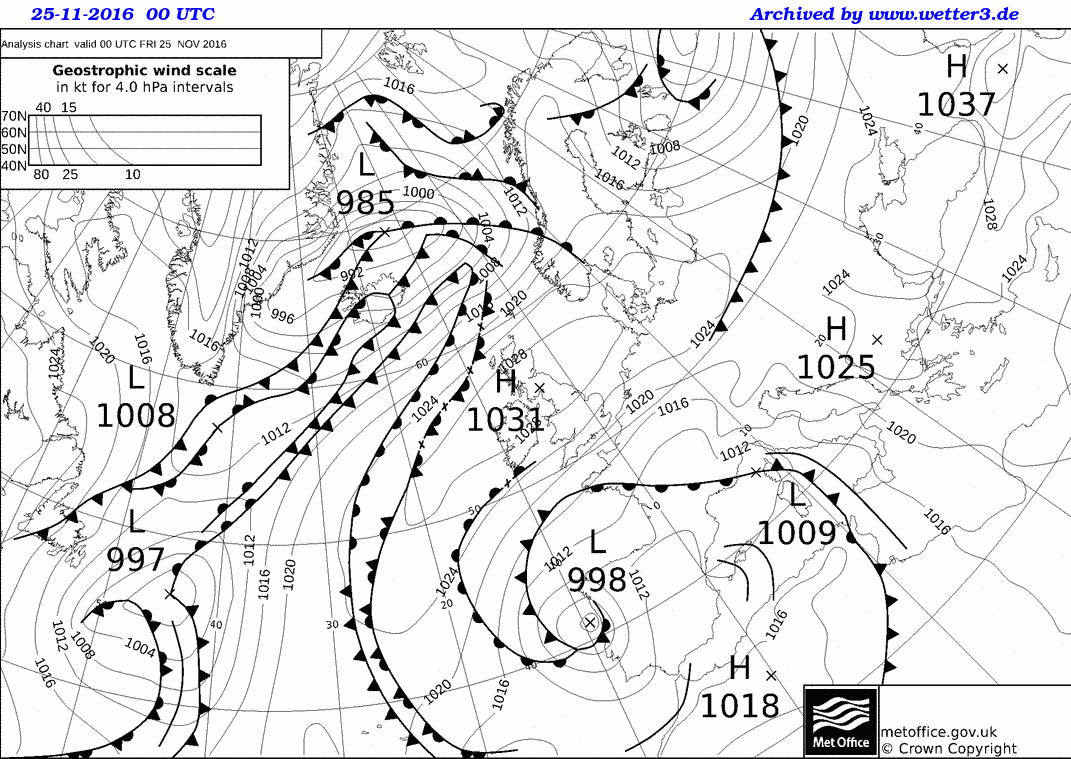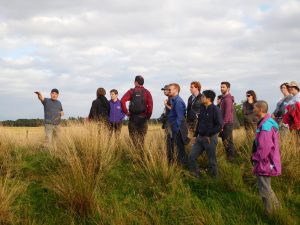
Dr Rob Thompson, University of Reading
8th December 2017
It was last week, the big gathering, 2 days of flash flooding, a flood of presentations and discussions, and a chance to catch up too. The event was again hosted in the University of Reading’s Meadow suite… a nice location – and if it was summer a nice view too – but it isn’t.
The meeting took a largely normal format, after a quick introduction into talks on the science of each TENDERLY work package, a keynote and then we had posters with nibbles – and finally a tapas dinner (in the new Thames Lido) a sleep and then more talks, on various integration projects. Lunch and early career researchers had a short meeting, with videos describing our work for critique and a discussion on the programme paper that we will soon be writing.

Here’s the crew, with not too many folk hiding in the background (I’ll not call you out).
Blogs past and future really tell you about the science we do in this programme, so this doesn’t feel the right time for me to discuss that. But Sue Mason’s talk, told us about what’s going on at the EA. The fairly large changes to the way they operate sound dramatic, but really important ones that should help us all with future flood risk, warning and management.
These science meetings really are a good chance to catch up with work of others, but also friends, I think they’d be less successful without the friendly catching up. I can use it to bounce ideas and thoughts off others (Thanks Tim!).
The lunches provided were again nice too, but I must say I think the naming of the sandwiches was a little… misleading – thanks to @FloodSkinner for pointing out this beauty:

The poster session was interesting, I think many people find the train difficult, talking about your poster for just 2 minutes, to a quite varied audience. But it is a good way in a short space of time to find the posters you really want to look at in real detail and identify who you want to talk to over the rest of the meeting, and David Flack did a great job leading the train – here’s a shot of it in action.

We also had the VR flash flood “game” running, a few more people fell victim to the flood wave, here we see Brian Golding, a little before he gets washed away – but it certainly left an impression on him! You can these days view this yourself with a simple google cardboard viewer and a smartphone, on youtube… its got more detail too on the static view point than the full VR version.
Overall, I think the meeting was a good success and a busy year is ahead, all leading up to the Royal Society meeting, and I guess I should finish in the same place the conference did, an advert for that very event:


